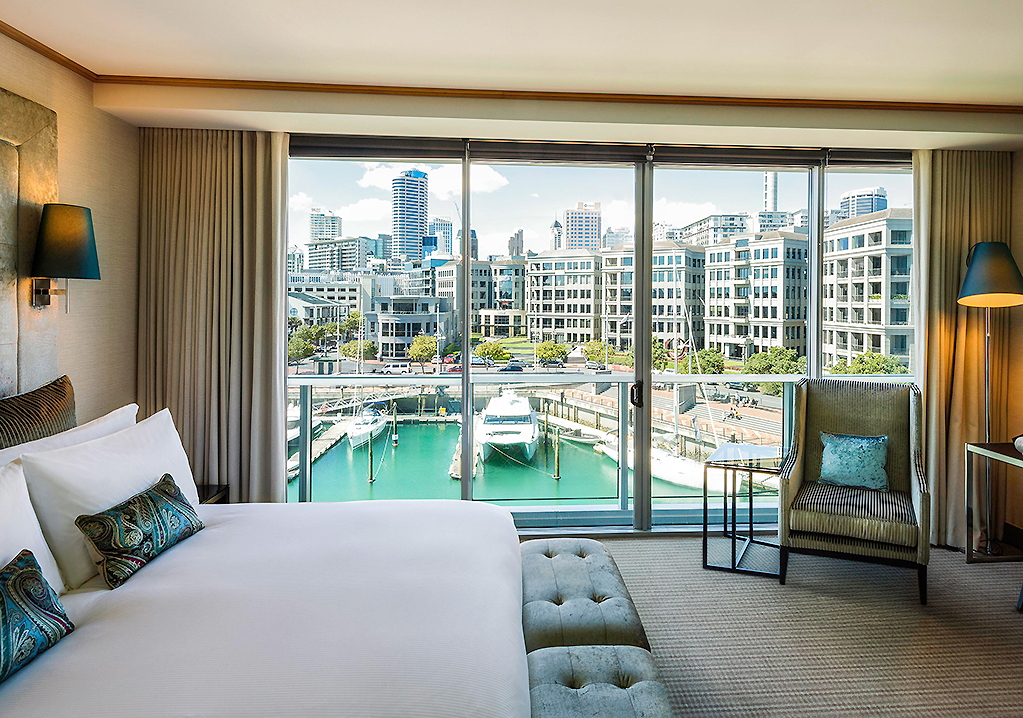|
According to data compiled by STR, hotels in the
Asia Pacific region reported positive results in the three key
performance metrics during Q3 2017.
In U.S. dollar constant currency, Q3 2017 vs. Q3
2016, hotels in the Asia Pacific region reported a 3.3% increase
in Occupancy to 73.5%, ADR rose 1.6% to US$98.39 and RevPAR jumped
5.0% to US$72.36.
In local currency, Q3 2017 vs. Q3 2016, hotels
in India, reported a 0.9% increase in Occupancy to 62.4%, ADR was
up 2.7% to INR5,265.96, and RevPAR grew 3.6% to INR3,287.73.
Healthy supply growth (+3.0%) once again limited
occupancy and rate growth in the country. In absolute terms,
however, occupancy reached its highest level for a Q3 in India
since 1996. ADR hit its highest Q3 absolute value since 2012.
Additionally, STR analysts note that there were almost 8,000 less
rooms in the development pipeline in India compared with last
September.

In New Zealand, Occupancy rose by 0.7% to 75.9%,
ADR was up 10.3% to NZD177.89, and RevPAR increased 11.0% to
NZD134.99.
Figures from the Ministry of Business,
Innovation and Employment showed that the country welcomed a
record-breaking 3.7 million international visitors through August,
which is a 9.2% increase compared with the same eight months in
2016. Holiday arrivals were the main contributor to the growth in
arrivals.
In South Korea, Occupancy was down -9.4% to
68.2%, ADR decreased -5.7% to KRW151,106.19, and RevPAR dropped
-14.6% to KRW103,094.24.
ADR has decreased year-on-year for 36
consecutive months in South Korea (since September 2014) with
massive supply growth playing a role in the equation. Since the
beginning of 2015, the country has added more than 369,000 hotel
rooms, and demand growth is not nearly keeping pace partly due to
geopolitical tension in the region.
STR analysts note that group business has
seen a noticeable decline, specifically with Chinese travelers.
Given the volatility of the export balance with China as its
biggest trade partner, South Korea is likely to fall back from its
17 million international arrivals in 2016, of which China
accounted for nearly half. Through the first seven months of 2017,
travelers from mainland China were almost halved in year-on-year
comparisons, according to the Korea Tourism Organization.
|
Headlines: |
|
See latest
HD Video
Interviews,
Podcasts
and other
news regarding:
STR,
ADR,
Pipeline,
RevPAR.
|

